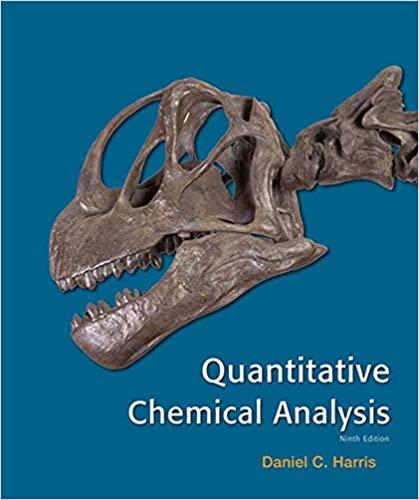Question
Solve this using the data in the table below. For the reaction ()+()+()() DO THESE STEPS IN ORDER: 1. Determine the reaction order with respect
Solve this using the data in the table below. For the reaction
()+()+()()
DO THESE STEPS IN ORDER:
1. Determine the reaction order with respect to each of the reactants. Hint: the reaction is 3rd order overall.
2. Determine k using the data from trial 1.
3. Write the rate law.
4. Using the rate law you just wrote, calculate the reaction rate if the initial [ A ] = 0.036 M, the initial [ B ] = 0.10 M, and the initial [ C ] = 0.20 M. Enter the rate as a decimal number (no scientific notation, no units) with 2 significant figures.
The following data were obtained at constant temperature:
| Trial | Initial [] (M) | Initial [] (M) | Initial [] (M) | Initial rate (M/s) |
| 1 | 0.0500 | 0.0500 | 0.0100 | 6.25103 |
| 2 | 0.1000 | 0.0500 | 0.0100 | 1.25102 |
| 3 | 0.1000 | 0.1000 | 0.0100 | 5.00102 |
| 4 | 0.0500 | 0.0500 | 0.0200 | 6.25103 |
Step by Step Solution
There are 3 Steps involved in it
Step: 1

Get Instant Access to Expert-Tailored Solutions
See step-by-step solutions with expert insights and AI powered tools for academic success
Step: 2

Step: 3

Ace Your Homework with AI
Get the answers you need in no time with our AI-driven, step-by-step assistance
Get Started


